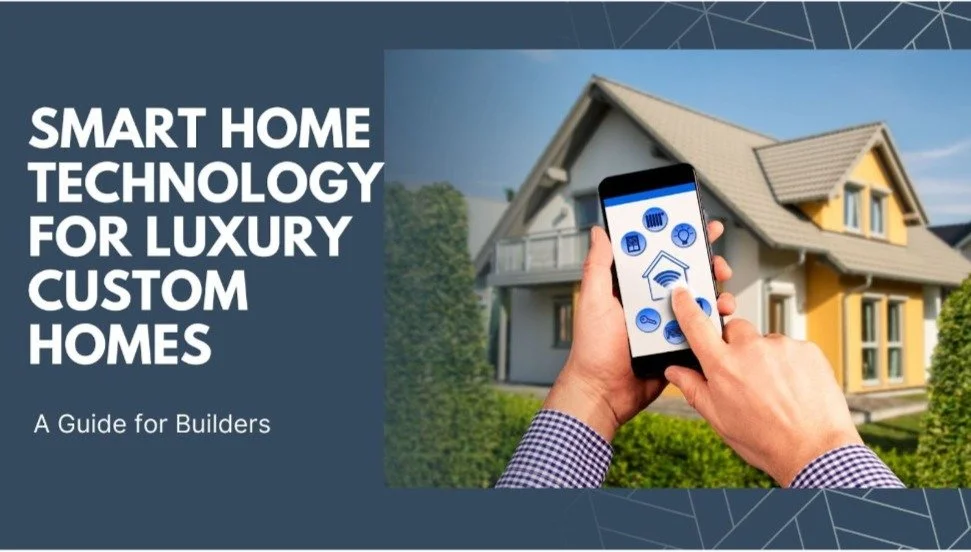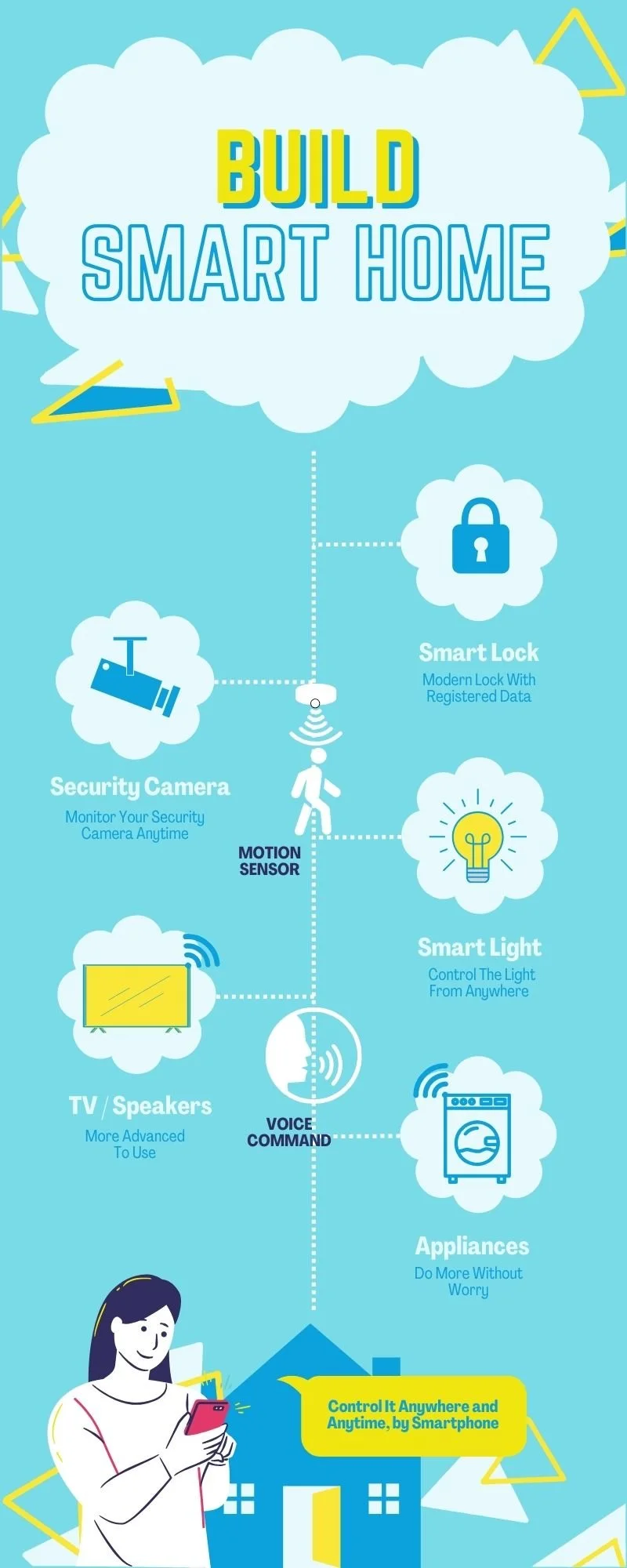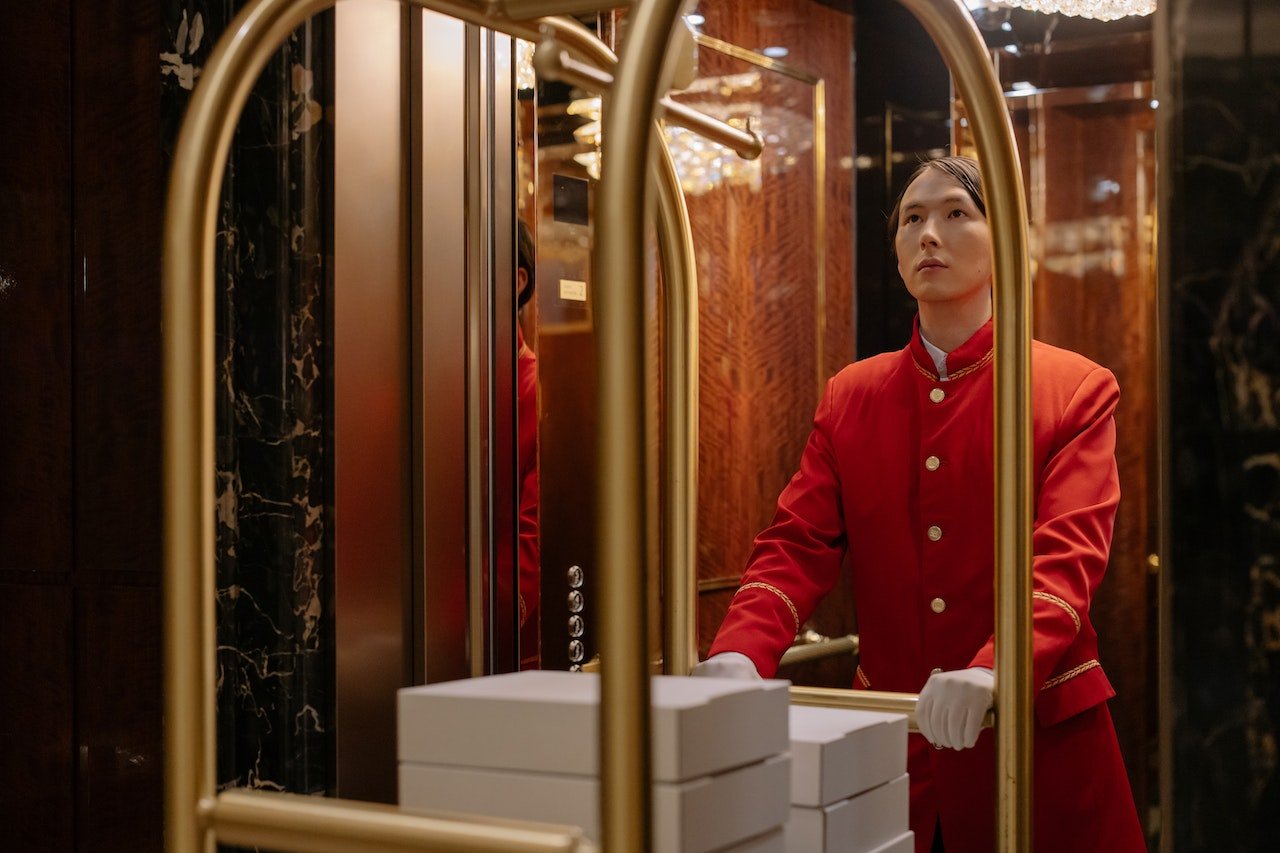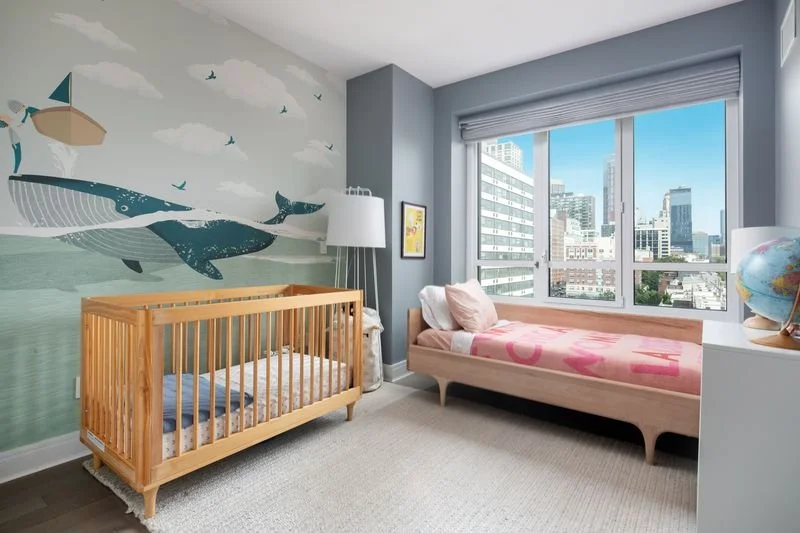Smart Home Technology for Luxury Custom Homes: A Guide for Builders
Just a decade ago, fancy systems that automated homes were unusual. The average client did not seek or expect such complex integrations. But after years of advancement, smart home tech has gone mainstream. It is now standard in high-end, custom-built homes. Clients now expect elegant and user-friendly smart features. As a builder of luxury homes, meeting these expectations is key to satisfying customers. It also sets a company apart from other builders.
This guide explores must-have smart home technologies for today's high-end market. These innovations are transforming modern luxury lifestyles.
Key Smart Home Technology Trends for Luxury Homes
The smart home market keeps hitting new growth records. The pandemic greatly boosted interest in luxury living spaces. How people use their homes changed a lot over the past few years. This shift spotlights the value of elegant, integrated tech features.
For high-end homes, buyers want everything connected seamlessly. Lighting, climate control, entertainment and more should work as one system. Touchless, voice-driven operation is also essential today. Speakers with built-in AI assistants allow hands-free control.
Energy savings also matter more to buyers. Smart climate tech can cut utility bills. Wellness monitoring has a new appeal too. Luxury builds now often have air quality sensors, complex water filters, and UV sanitizers.
North America accounts for 40% of the global smart home market. This shows massive potential still lies ahead. As builders target wealthy home buyers, excellent integrated tech is now mandatory. With the right smart home partner, luxury developments can lead markets across regions.
Essential Smart Home Technologies for Modern Luxury
While countless fancy features tempt luxury builders, four smart home categories are essential:
1. Home Automation
Luxury buyers expect lighting, climate, entertainment, security, and more to connect seamlessly. They want control centralized into wall pads, voice commands, or phone apps. Being able to customize how the home responds to daily routines is key too. Savvy automation reacts based on who is home. Motion sensors can be programmed to ignore kids and pets, but they send alerts if an intruder enters. This sophistication wows residents.
2. Entertainment
Luxury entertainment exceeds basic TVs and soundbars. Screening rooms boast acoustic engineering for pristine audio alongside 4K digital projection. Whole-home audio streams music from a central hub to any room or zone on demand. Centralizing access to various formats, such as streaming playlists and cable channels, provides owners with ultimate convenience and allows you to elevate your home audio experience.
3. Energy Efficiency
Smart climate tech also cuts energy waste in luxury homes. Connected lighting and HVAC systems only heat or cool rooms that residents use based on motion detection or schedules. Improved insulation and air tightness further reduce costs. Homeowners monitor usage patterns in detail and receive alerts for leaks or pipe freeze hazards. Many add solar power or geothermal systems for cleaner, cheaper self-generation.
Advanced smart thermostats like Nest automatically adjust temperatures based on occupancy detection. When no one is home, settings dip to save energy without sacrificing comfort when owners return. Integrating similar occupancy-based rules across other systems builds on efficiency gains.
4. Health & Wellness Monitoring
Systems can be customized to monitor indoor air quality. Sensors can check for pollution, allergens, and unpleasant odors. Advanced water filters provide cleaner drinking water right from the tap. UV lights kill germs on counters and other surfaces. Humidifiers add moisture to dry air. Dehumidifiers remove excess moisture.
Thermostats keep temperatures comfortable. Ventilation brings in fresh outdoor air. Automated systems can open and close windows as needed. All these features work together for better health. They remove risks from the environments where families eat, play, and sleep. We aim to create the healthiest possible homes.
Leading custom home builders like Rycon are embracing smart technology to deliver tailored luxury living experiences that blend innovation with timeless design.
Why Integration Matters
Having one app to control everything is convenient. With scenes, one tap can dim lights, adjust temperature, start music, and more to match different activities.
Remote access via your phone means checking on your home anytime. Get alerts if doors are opened while you're away. Adjust the thermostat if you'll be home late.
Connected devices can also save on energy bills. Smart thermostats tune heating and AC to match your schedule. Smart lights automatically turn off when not in use. You can check usage and spot problems.
There are also gains around health, safety, and comfort. Sensors can flag leaks, smoke, radon, and more. Items like smart locks and video doorbells add security. Automation improves daily experiences.
Installing these systems takes planning and skill. An expert integration consultant ensures all components function seamlessly together. This way you get the full value from your invested smart devices.
Assessing the Costs and Business Potential
Upgrading to smart home tech is tempting for luxury builders. People want automated convenience. Cost considerations include hardware, software, training, and fees. Devices, cabling, controllers and platforms add up. Workers need new skills for the complexity. Some companies charge monthly fees.
The profit upside is also big. Tech sales and integration fees have healthy margins. Many will upgrade for additional features. Stand apart from basic builders by advertising cutting-edge homes. Charge ongoing fees if monitoring energy or home health.
As with any upgrade, crunch the numbers. Will enough buyers spring for smart packages to offset investments? Get quotes on likely packages. Weigh profit margins. Target the must-have features rather than unnecessary gadgets. Stay affordable enough for your market. When executed properly, smart homes can yield significant gains.
Source : Statista
Matching Smart Homes to Local Weather
Selecting devices and features that align with an area's climate ensures homes are comfortable and efficient. Cold and mountain spots need different gear from hot humid coastal cities. Build for what the weather will throw at a home.
New York/Northeast
The Northeast sees lots of extreme cold and snow. Smart home choices help handle the swings.
Geothermal heat pumps pull energy from the ground, saving on bills. Touchless sink and toilet tech prevents pipes from bursting if temperatures dip. Flood sensors warn owners if heavy rain or snow melt cause risks. Heated driveways, walks and gutters melt snow so it runs off.
Colorado/Mountain West
In the tall mountain west, the climate goes to extremes too. Thin air and dryness bring other issues.
Use materials resistant to cracking as the weather shifts. Add humidifiers to put moisture back in the dry air. Melt sensors catch leaks from snow building up and thawing on the roof. Heat tape on roofs and driveways stops ice before it starts.
From selecting crack-resistant materials to incorporating moisture-regulating humidifiers, these thoughtful choices are tailored to combat the challenges posed by thin air and dry conditions. For a home that navigates the state's weather with precision, rely on the expertise of trusted custom home builders in Colorado. It holds the secret to crafting a home that seamlessly blends with the distinctive demands of the region
Texas
Texas sees extreme heat waves plus weather events like storms or cold snaps.
Well-insulated walls, energy efficient appliances and zoned HVACs keep homes comfy despite temperature swings outside. Outdoors, use weatherproof TVs and speakers on patios. Pick hurricane-resistant outdoor furniture and landscaping. Back-up generators prevent power disruption.
Florida
In Florida's wet environment, flooding and storms threaten waterfront homes.
Concrete construction creates a resilient moisture barrier. Elevate infrastructure above flood zones when possible. Install hurricane-rated windows and doors. Choose smart drainage systems and plants suited for wet regions. Permeable pavers reduce pooling. Erosion controls like seawalls protect foundations.
Careful climate planning prevents avoidable damage while making homes more livable.
The Future of Smart Luxury Living
Smart home tech keeps advancing. What's fancy now can seem basic later. Luxury builders should think ahead about what's coming. This approach ensures homes remain cutting-edge for a longer period.
Adapting to the Next Waves of Technology
One wave is AI and predictive analytics. Home systems will learn owners' patterns. They'll customize heating, lighting, and more without being asked. Voice controls will handle more tasks too. Talk to turn on the jacuzzi or unfold a movie screen.
Wellness tech will spread too. Buyers want ultra pure air and water. Also germ-killing lights, perfect humidity, and air quality alerts. These systems will monitor health risks and automatically adjust to the residents' needs.
Appliances, lights, and devices will all link together more. The "Internet of Things" will grow. All can tie into a home's automation network. This allows endless customization scene by scene.
Keeping luxury homes ahead takes looking ahead. New innovations should arrive in time for future remodels. Build wisely now to support next-generation tech later. Consult tech forecasters on what comforts and conveniences are rising. Lead buyers into the promise of smart living.
Planning with an Eye Toward Innovation
Building smart homes capable of continuous upgrades requires careful planning. Construct the core infrastructure to power additions down the road.
One key is high-speed wiring veins. These let homes tap new devices needing bandwidth. Think video security cameras sending feeds to the cloud. Or virtual reality lounges downloading immersive worlds. Plan ample connectivity access.
Also make base systems adaptable. Smart lighting grids, HVAC ducting, and electrical panels should have open capacity. Accommodate adding zones, circuits, outputs, and alternate power sources later.
Expand automation hubs too. Make sure universal controllers have unused ports. Run additional signal wiring to potential expansion areas. Maybe spare HDMI and speaker cables to a patio to hold open a future outdoor theater.
With the right foundations, homes stay nimble. Tech upgrades find ready power, pathways, and programs to integrate into. Proper groundwork simplifies remodeling as new innovations emerge. This future-proofing protects luxury living’s leading edge.
Final Thoughts
Smart home tech integration offers builders an alluring value-add for luxury buyers eager to future-proof their dream homes. Builders can capitalize on this growing trend by researching in-demand innovations, analyzing cost versus profitability, designing flexible infrastructure for upgrades, and leveraging technology in sales and marketing.
Through thoughtful planning and strategic partnerships, builders can construct cutting-edge smart homes ready for future technological advancements. Ultimately, correctly executed high-tech integration promises substantial returns through increased marketability and higher sale prices.
FAQs
1. What tech do high-end buyers want most now?
Top desires we’re seeing are whole-home integration, voice control, entertainment like advanced screening rooms, security cameras, and wellness monitoring for air/water. Folks expect automation convenience.
2. What are the typical difficulties that arise when people adopt home technology and how do builders overcome them?
Builders often encounter challenges such as a learning curve, integration processes across different devices and potential issues with compatibility, between platforms and systems. However, they have found ways to address these obstacles by investing in the expertise of consultants, engaging in thorough planning, and utilizing platforms that offer robust integration capabilities.
3. What prep work should builders do?
First, survey local luxury owners on popular features in your market area. Do the math on costs versus profitability expectations. Hand-pick an integration team - don’t wing this solo. Allow infrastructure room to add future innovations later. Develop sales materials playing up tech offerings. Ensure staff are well-versed in best practices for advanced system builds.








